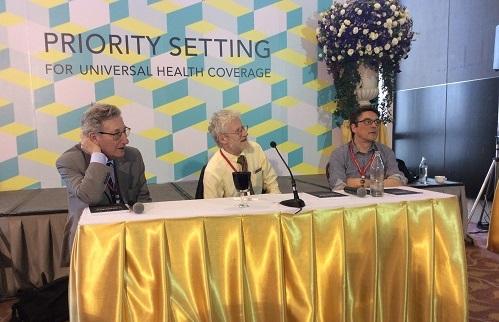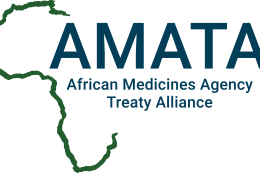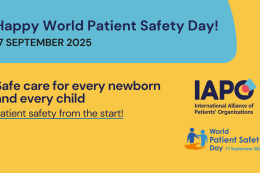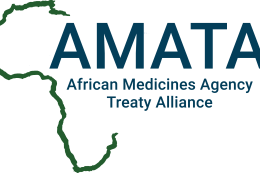Differences in UHC: UK and Thailand

At the Prince Maidol Award Conference, in Thailand 26-31 January 2016, the UK’s National Institute of Health and Clinical Excellence (NICE), and its equivalent, Thailand’s Health Intervention and Technology Assessment Programme (HITAP), launched books about their history and impact.
NICE discusses its impact in the UK’s National Health System (NHS), one of the oldest universal health coverage (UHC) examples in the world, while HITAP explores its impact in Thailand, one of the newest UHC examples.
Terrible Beauty: A Short History of NICE
Three factors spawned NICE. After 50 years of unfettered expansion and liberal spending of public monies since its creation in 1948, the NHS began to face challenging situations in the budgetary cuts of the Monetarist Thatcherite period of the 1980s. There was a need to address:
- The “postcode” nature of services. If you lived in one area (postcode) you got a certain drug and treatment, while not in another postcode. This was clinically and politically unacceptable. It could win and lose you elections.
- Rationing, a ‘dirty word’ since it had bitter memories of the war years, raised its ugly head again. The two million war dead, the great workers’ union and civil society agitation that set-up a social welfare state in 1948 was now under threat. A NHS that met the needs of everyone, free at the point of delivery, based on clinical need and not ability to pay, was under threat.
- Politicians knew that health was a political choice. As Aneurin Bevan said, “if a hospital bedpan is dropped in a hospital corridor… the reverberations should echo around Whitehall”. Politicians needed a professional, objective and neutral body to oversee NHS reform from the sidelines.
NICE was set up in 1999 to be an advisory body to the NHS. There was nothing in legislation that required the NHS to implement its recommendations. However, in a cash-limited service and with individual doctors and health authorities, in the main, poorly placed to assess the value-for-money of new treatments, the service and its clinicians were only too happy – certainly in this instance – to be advised.
A Star in the East: a Short History of HITAP
HITAP was created in 2007 and exists to help decision-makers in government, the health professions, healthcare management, the health products industry, the media, patients and the general public to take better decisions and, no less importantly, to enable them to understand why decisions, which may sometimes be deeply unpopular and counter-intuitive, may be the right ones under the circumstances.
HITAP is the product of two great movements that have dramatically changed the practice of modern medicine throughout the world, and increasingly among low- and middle-income countries that aspire to Universal Health Coverage (UHC). Countries want to be effective and efficient in their coverage hoping to ultimately cover every citizen, and offer a comprehensive range of health services on affordable terms.
The two movements have now emerged as:
- “Evidence-Based Medicine” (EBM)
- “Health Technology Assessment” (HTA).



